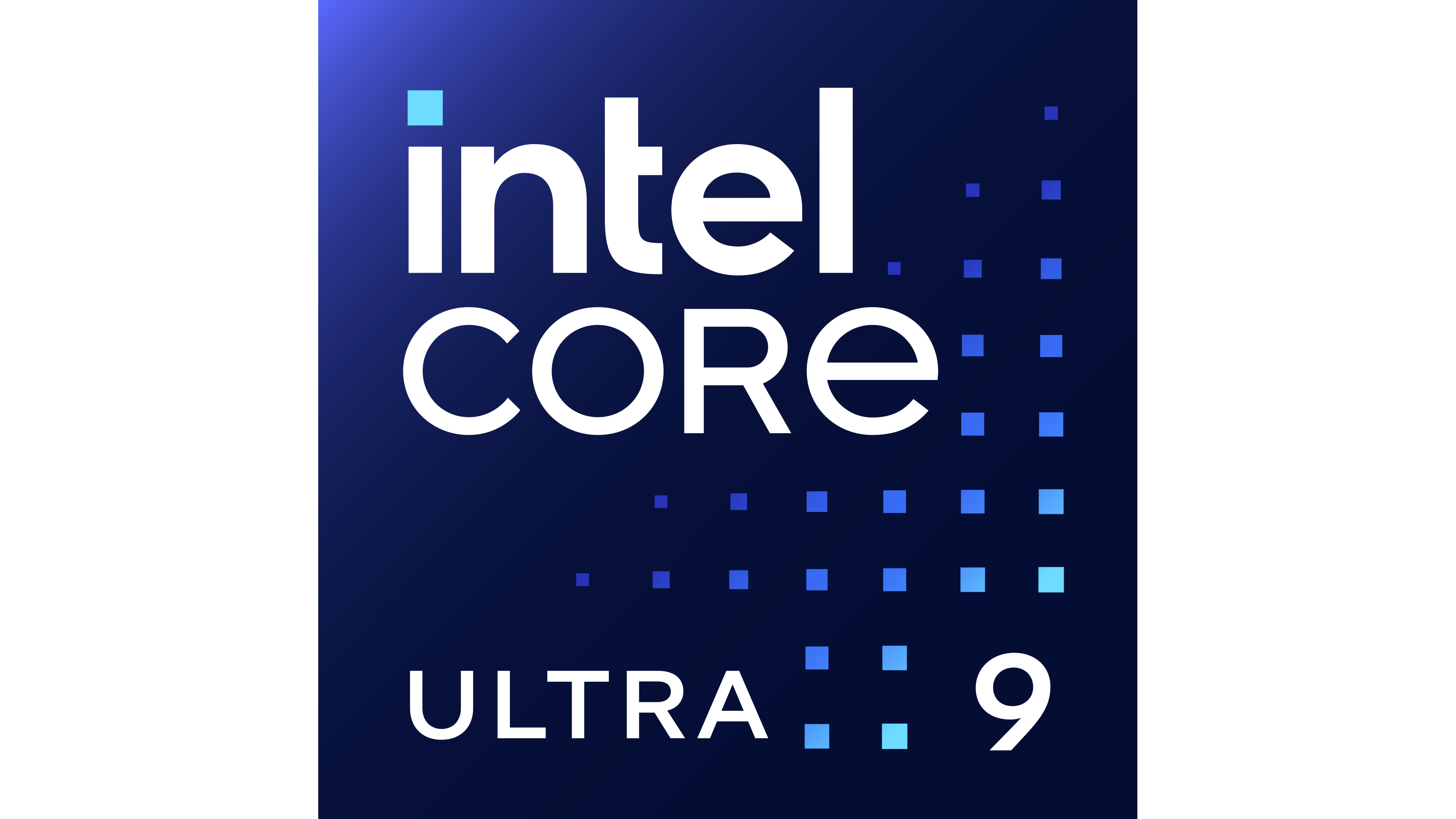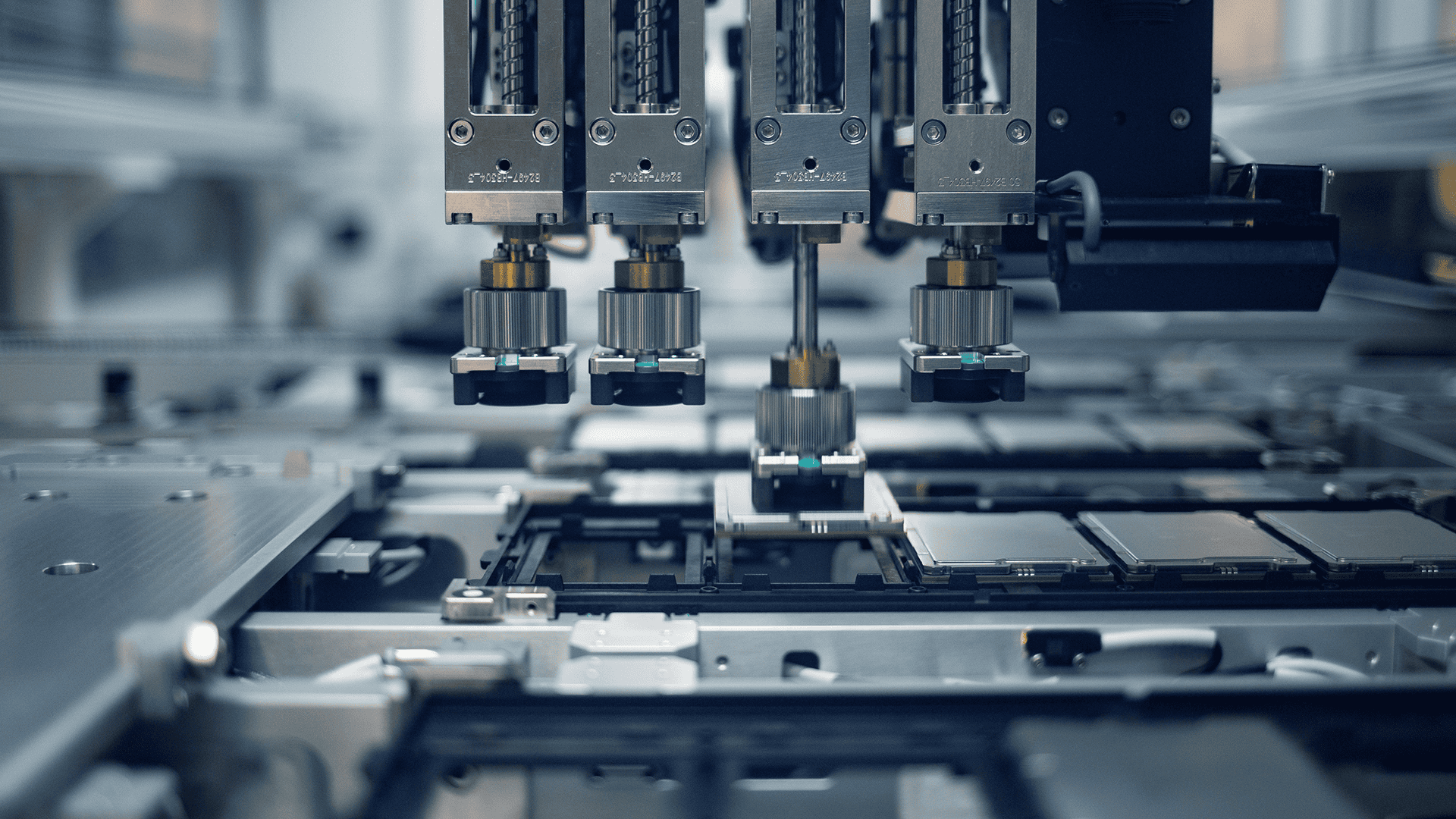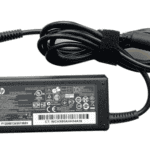Intel is working on its next line of processors called Nova Lake, set to release in 2026. This new series will follow Panther Lake and is expected to significantly improve performance and architecture, especially for desktop computers. Although Intel has not shared all the details yet, some leaks indicate that Nova Lake could have up to 52 cores, using new types of cores for better performance. Before Nova Lake, Intel plans to launch Panther Lake in the second half of 2025. However, desktop users may have to wait until 2026 for a major upgrade, as it is still unclear when Panther Lake will be available for desktops.
A Strategic Release Timeline: What It Means for Users
Intel has confirmed that Nova Lake is on track for a 2026 release, with Panther Lake preceding it in late 2025. However, there’s a twist: Panther Lake is likely to be exclusive to mobile platforms, leaving desktop enthusiasts waiting for Nova Lake for the next major desktop CPU refresh. This strategic move positions Nova Lake as the flagship for Intel’s desktop line, making it a pivotal release for gamers, creators, and professionals who demand peak performance.
This delay in desktop CPU upgrades might be frustrating for some, but it also sets high expectations for Nova Lake to deliver groundbreaking improvements when it finally arrives.

Architectural Innovations: A New Era for Performance
While Intel has been tight-lipped about specific specs, several credible leaks have shed light on Nova Lake’s potential architectural advancements.
1. Monster Core Counts: Up to 52 Cores
One of the most talked-about features is the possible inclusion of up to 52 cores in high-end Nova Lake processors. This includes:
- 16 Performance Cores (P-cores) optimized for heavy, single-threaded tasks.
- 32 Efficiency Cores (E-cores) designed to handle background processes and multi-threaded workloads.
- 4 Low Power Efficiency Cores (LP-E cores) for light tasks, enhancing power efficiency.
If these numbers hold true, Nova Lake could offer unprecedented multi-threaded performance, rivaling even some workstation-grade CPUs. This would be a game-changer for content creators, data scientists, and gamers running resource-intensive applications.
2. Hybrid Manufacturing: Intel + TSMC Collaboration
Intel plans to utilize a hybrid manufacturing process for Nova Lake, combining its in-house foundries with external production by TSMC. This approach aims to:
- Improve production efficiency by leveraging TSMC’s advanced nodes.
- Optimize costs while maintaining supply chain flexibility.
This move highlights Intel’s adaptive manufacturing strategy in an increasingly competitive semiconductor landscape.
3. Memory Enhancements: Tackling Latency Head-On
One of the major criticisms of previous architectures, particularly Meteor Lake, has been memory latency issues. Nova Lake aims to address this with an off-die memory controller optimized for faster data transfer and reduced latency. This could result in:
- Improved system responsiveness in both gaming and professional workloads.
- Higher bandwidth capabilities for future-proofing against next-gen memory standards like DDR6.
Performance Expectations: What Users Can Anticipate
Although real-world benchmarks are still a couple of years away, the architectural improvements suggest major gains in both single-threaded and multi-threaded performance. The combination of increased core counts, memory optimizations, and enhanced fabrication processes positions Nova Lake as a serious contender in high-performance computing.
Gamers can expect smoother gameplay at higher frame rates, especially in CPU-intensive titles, while content creators could see significant reductions in rendering and encoding times. AI and machine learning enthusiasts might also benefit from improved parallel processing capabilities.
Platform Compatibility: Will You Need a New Motherboard?
One burning question remains: Will Nova Lake be compatible with existing sockets like LGA-1851?
Intel has yet to confirm whether Nova Lake will use the current socket or introduce a new one. Historically, Intel has changed sockets every few generations, so there’s a chance users may need new motherboards. However, if Intel opts for backward compatibility, it could be a major win for consumers looking to upgrade without a complete system overhaul.
The Bigger Picture: Intel’s Vision for the Future
Nova Lake isn’t just about faster cores and higher clock speeds—it represents Intel’s evolving approach to CPU design. The hybrid core architecture, optimized memory pathways, and collaborative manufacturing highlight Intel’s strategic pivot toward meeting the complex demands of modern computing.
As AMD continues to push boundaries with its Ryzen and EPYC lines, Nova Lake could be Intel’s answer to regaining its edge in both consumer and enterprise markets.
Final Thoughts: Should You Wait for Nova Lake?
For users planning major desktop upgrades, the decision is tricky. If you’re currently on a recent Alder Lake or Raptor Lake platform, waiting for Nova Lake could yield significant rewards in terms of future-proofing and performance gains. However, if you’re in immediate need of an upgrade, Panther Lake’s mobile chips or existing Raptor Lake refreshes might still offer strong value.
As 2026 approaches, expect more leaks, benchmarks, and official announcements. For now, Nova Lake stands as one of the most highly anticipated CPU launches in Intel’s history, promising a bold new chapter in desktop computing.
Stay tuned—Nova Lake could be the game-changer Intel needs.
Key Takeaways
- Nova Lake CPUs will launch in 2026 with up to 52 cores for desktop computers
- Intel will manufacture some Nova Lake chips through external partners
- The architecture introduces new Coyote Cove P-cores and Arctic Wolf E-cores
Intel’s Strategic Outlook for Nova Lake
Intel positions Nova Lake as a pivotal advancement in its desktop CPU lineup, marking significant manufacturing partnerships and architectural improvements targeted for 2026.
Market Position and Competitive Landscape
Nova Lake’s arrival in 2026 represents Intel’s strategic response to market demands. The architecture will feature up to 52 cores, including advanced Coyote Cove P-cores and Arctic Wolf E-cores.
Intel faces direct competition from AMD’s projected Zen 6 architecture during this period. The company’s hybrid approach to manufacturing – combining internal production with external foundry partnerships – demonstrates adaptation to market realities.
Manufacturing flexibility enables Intel to maintain competitive pricing while delivering advanced features. This approach aligns with CEO Pat Gelsinger’s IDM 2.0 strategy.
Nova Lake’s Role in Intel’s Product Cadence
The CPU family follows Arrow Lake in Intel’s desktop roadmap, establishing a clear progression in Intel’s client computing strategy. Nova Lake builds upon Arrow Lake’s AI capabilities and performance improvements.
Intel plans the release as part of its tick-tock cadence:
- 2024: Meteor Lake/Arrow Lake
- 2025: Lunar Lake
- 2026: Nova Lake
This schedule allows Intel to refine manufacturing processes and integrate customer feedback between generations.
Collaborations and Industry Impact
Intel’s co-CEO confirms external manufacturing partnerships for Nova Lake production. This marks a significant shift in Intel’s manufacturing approach.
The collaboration with external foundries strengthens Intel’s supply chain resilience. Support from the US CHIPS Act enhances domestic manufacturing capabilities.
Key partnerships include:
- TSMC for specific chip components
- Research collaborations with academic institutions
- Industry partnerships for AI acceleration features
Technical Innovations and Challenges
Intel’s Nova Lake architecture introduces significant advancements in core design, manufacturing processes, and system integration. The platform marks substantial improvements in processing capabilities and efficiency standards.
Nova Lake’s Architecture and Performance
Nova Lake will feature up to 52 cores, combining Coyote Cove P-cores with Arctic Wolf E-cores in a hybrid architecture.
The CPU design emphasizes enhanced performance through advanced core configurations and improved instruction handling.
Key architectural features include:
- Next-generation Coyote Cove performance cores
- Arctic Wolf efficiency cores for background tasks
- Enhanced AI acceleration capabilities
- Improved power management systems
The processor maintains compatibility with existing platforms while pushing forward with new technologies for desktop computing.
Manufacturing Processes and Milestones
The manufacturing process for Nova Lake builds on Intel’s advanced node technology. The platform will use cutting-edge fabrication techniques.
Intel has confirmed the timeline for Nova Lake’s production, with some components manufactured externally to optimize production capacity.
Manufacturing specifications:
- Intel 18A process technology implementation
- Enhanced yields through refined production methods
- Multi-chiplet design approach
- Advanced packaging solutions
Integrating Technologies and System-Level Solutions
Nova Lake incorporates comprehensive system-level improvements across multiple domains. The platform introduces new memory subsystems and connectivity options.
The architecture implements:
- Advanced memory controller design
- Improved cache hierarchy
- Enhanced I/O capabilities
- Next-generation interconnect technologies
These integrations support increased data throughput and reduced latency in real-world applications.
The platform includes upgraded power delivery systems and thermal management solutions to maintain stability under high-performance workloads.







